Loving Kindness For Us All
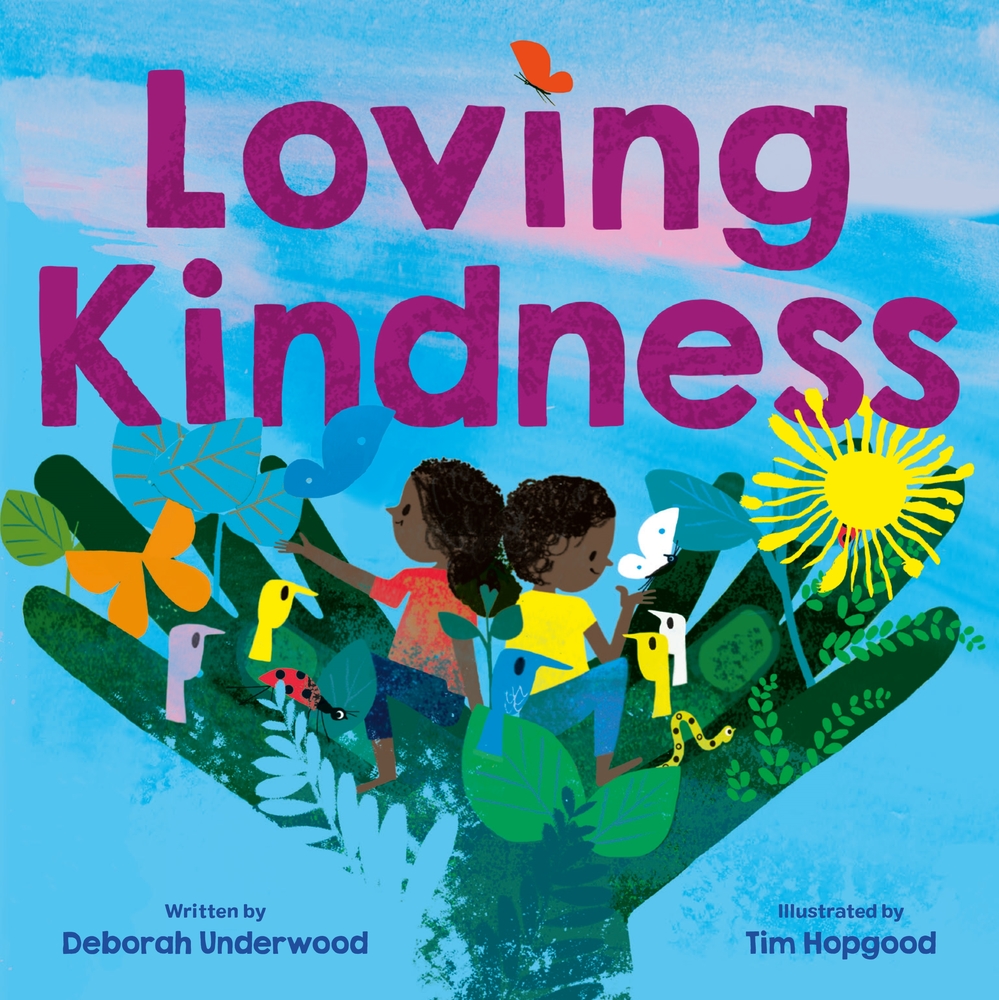
Loving Kindness written by Deborah Underwood and illustrated by Tim Hopgood is the perfect book for December. No matter what the faith of your students, this book shares a message we all need to hear.
“You are beautiful just as you are. You are loved, and you love.” We see a sweet baby who grows and is connected to the big sister, who is loved and who loves. We see the animals who are connected to these humans, also loved. We see that everyone feels the sun’s warmth and admires the moon, everyone is loved and loves.
There’s also the message that we all make mistakes, and it’s okay because that’s how we learn. Take inspiration from Tim Hopgood’s beautiful art that includes speckles of paint. Using brushes and sponges, students can paint themselves doing something they learned that was once hard to do. Unintended droplets add to the beauty of their work.
I wish you all a happy 2022 filled with Loving Kindness.
Read MorePlay It! “Ten Rules of Being a Superhero”
Twice during my years as a classroom teacher I had students that weren’t allowed to participate in Halloween activities for religious reasons. To keep the fun of dressing up without creating difficulties for any of your students, read Ten Rules of Being a Superhero by Deb Pilutti and become superheroes!

Captain Magma and Lava Boy show us the rules with bright, captivating art and with short sentences to support younger readers. Big ideas like courage, integrity, and loyalty are introduced in kid-friendly ways, and there are good giggles, too. For example, Rule Number 2: “Saving the day is messy.” As Lava Boy cleans up the playroom ( with Captain Magma holding the dustpan), he adds, “Moms don’t understand Rule Number 2.”
There’s a fantastic, free discussion and activity guide (written by Superteacher Debbie Gonzales) that you can print from debpilutti.com. You’ll find fun games and a story sequencing activity that nails that Key Ideas & Details reading standard. I think Ten Rules of Being a Superhero makes a wonderful discussion and writing prompt. What are the qualities of a superhero? Who can be one? Since many kids are thinking about costumes this season, what about making superhero gear? Towels and blankets from the thrift store (thoroughly washed) can be made into capes. Donated t-shirts or paper grocery bags can be decorated with paints and markers. Thin craft foam can be used to make masks, wrist bands, and other superhero gear.
Once everyone is looking super, play the book! Act out the rules or write rules as a class for kids to act out. I hope you are having a happy school year!
Read MoreYour Name is a Song

This is the book you need to start your school year.
A little girl is upset because her teacher and classmates not only can’t pronounce her name, they seem to think it isn’t important to say it correctly. When the little girl goes home upset, her mother tells her that her name is a song. So the girl goes back to school and sings her name, sings everyone’s name.
It is important to say names correctly. Everyone’s name.
I looooove the pronunciation key that comes with every name. We learn how to pronounce Ta’jae (TAH-jay) as well as Bob (BAWB). And if we can’t pronounce it correctly on the first try, we learn it – even sing it! – until we get it right.
You can listen to the author, Jamilah Thompkins-Bigelow read her book aloud here:
Try Food as a Way Into Reading
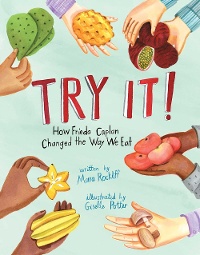
Learning is best done through experience, and food is definitely a way into learning for many of us. To tie reading in with some cool hands-on (and mouths-on) experiences, grab this biography, Try It! How Frieda Caplan Changed the Way We Eat written by Mara Rockliff and illustrated by Giselle Potter.
Apples, bananas, tomatoes, potatoes, these were almost the only things that Frieda Caplan saw when she went to her produce market. But Frieda wanted to try something different.
She brought mushrooms to sell. Everyone thought they were weird.
Until they tried them. Suddenly everyone wanted mushrooms. People even dubbed her the “Mushroom Queen”.
But she wanted more than just mushrooms.
She tried kiwi, jicama, sugar snap peas, cherimoya, champagne grapes. Red bananas, baby corn, star fruit! All kinds of new foods! She brought them all to her produce market.
And people tried them. And liked them!
A master teacher, Ed Spicer, taught his first graders that learning is all about trying. He encouraged his students to celebrate trying something new, even if they weren’t successful at first, even if they didn’t like it – that in itself is learning. You can create really memorable learning experiences by reading Try It! How Frieda Caplan Changed the Way We Eat and talking about new food.
Read this book with your kids/students/campers and talk about foods that seemed weird before you tried them. Are there foods they didn’t like before but now they do? You can make charts together of interesting foods and kids can put their names in the columns of “Yes, I like it” or “No, I don’t like it” or “I don’t know – I haven’t tried it yet”. If you have food magazines, kids can cut out foods they like and foods they want to try. Model for them, if kids start saying something is gross, that you used to think a certain food was gross but that part of growing up is that your tastes develop. Tell them about foods you used to think were weird that you now enjoy.
If you’re working with your own children or with children you know don’t have any fruit/vegetable allergies, you can bring in something like star fruit to try. I have researched allergies and it turns out for almost every food, someone is allergic to it. (Check out verywellhealthy.com – I never knew some kids aren’t bluffing about being allergic to broccoli!) To play it safe with a large group of kids, pick a cooked fruit, like applesauce. (Still, avoid anything with strawberries.) Do you think green applesauce is weird? What about pear sauce? Weird food is only weird until you try it!
Read More“We Shall Overcome”
Music can reach us in a way that nothing else can. During February – and every month – We Shall Overcome: The Story of a Song written by Debbie Levy and illustrated by Vanessa Brantley-Newton is a cross-curricular book you can use to teach American history and social justice.
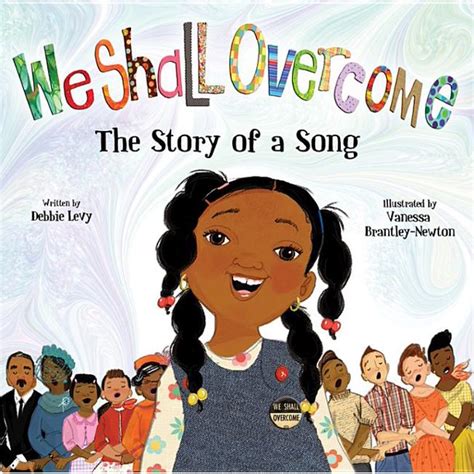
The song, “We Shall Overcome” has its roots in the time of slavery in America. Its impact has lasted for over a century and has inspired change-makers around the world. The lyrics are interspersed through the book, along with gorgeous art showing moments in history when the song was sung.
Classroom teachers, music teachers, parents, and all those who work with children, you need this book. With your students, you can talk about what the lyrics of the song mean and why this song was and is important. The last illustrated page reminds us that the work for equality is not done. We need to raise our voices and declare that the barriers against justice will be overcome. Sharing books like We Shall Overcome: The Story of a Song will teach our children that they are a part of the change for good, too.
Play the Book!
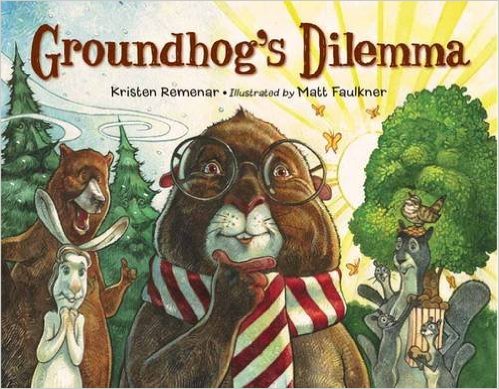
Oh, 2021, we waited all through 2020 for you and frankly, you’re not off to the start we’d hoped for. We’re exhausted in so many ways. We still need to show up for our little ones. We need a bit of lightheartedness. “Playing the book” is a fun way to connect while it helps your child deepen their understanding of a story.
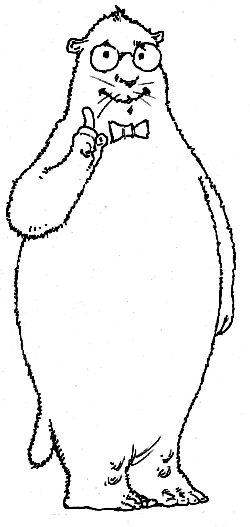
Groundhog and all of his friends are ready to be printed, colored, cut out, and played with!
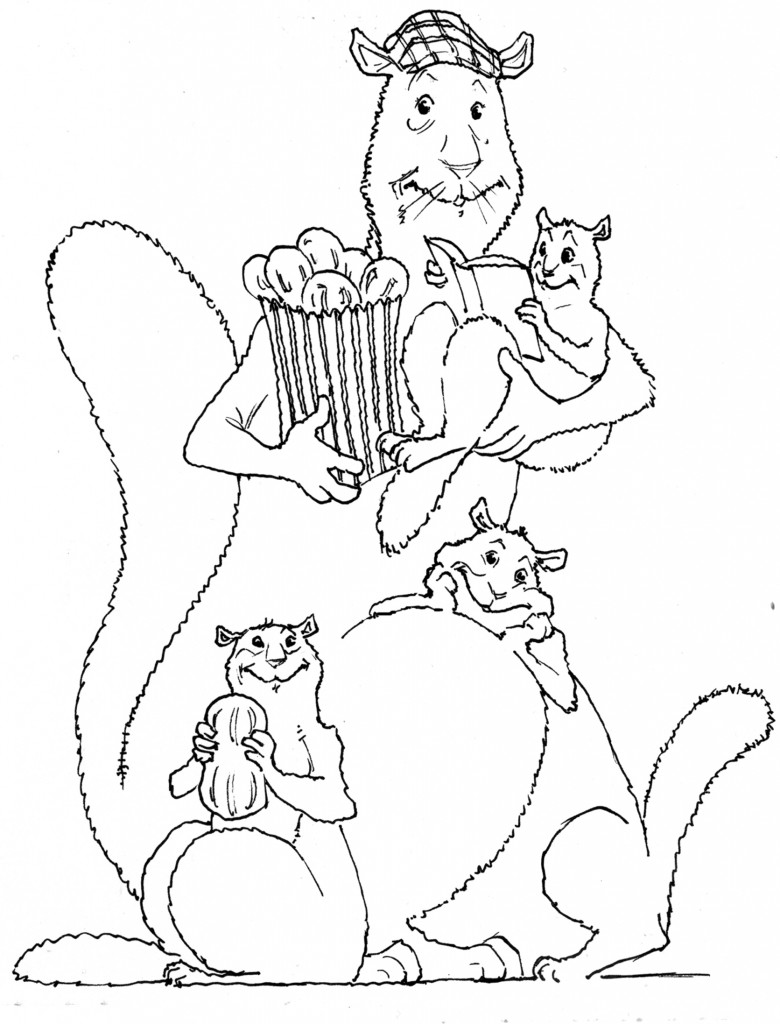
When a child retells a story, they are showing how much they understand. They are moving from just listening to a book to making connections.
Playing the book lets your child to go beyond retelling by extending the story with their own imagination. Use this link to print out Groundhog and all his friends (or click on the cover of my book in the upper right-hand corner of this screen for puppets and more free fun stuff to do!) Give the characters funny voices when they try to convince Groundhog to make Spring come early or to keep Winter lasting longer. Give the characters new adventures. Take time to play. And may this year bring us all more joy.
Read MoreReading an “Again, again!” book in a new way
Happy Almost-the-End-of-2020! I think this year has been most challenging for those living with or working with small children. How do you keep them enticed if you can’t get new books from the library or from school? How do you keep yourself from going nuts if you’re tired of rereading the same books? Here’s how.
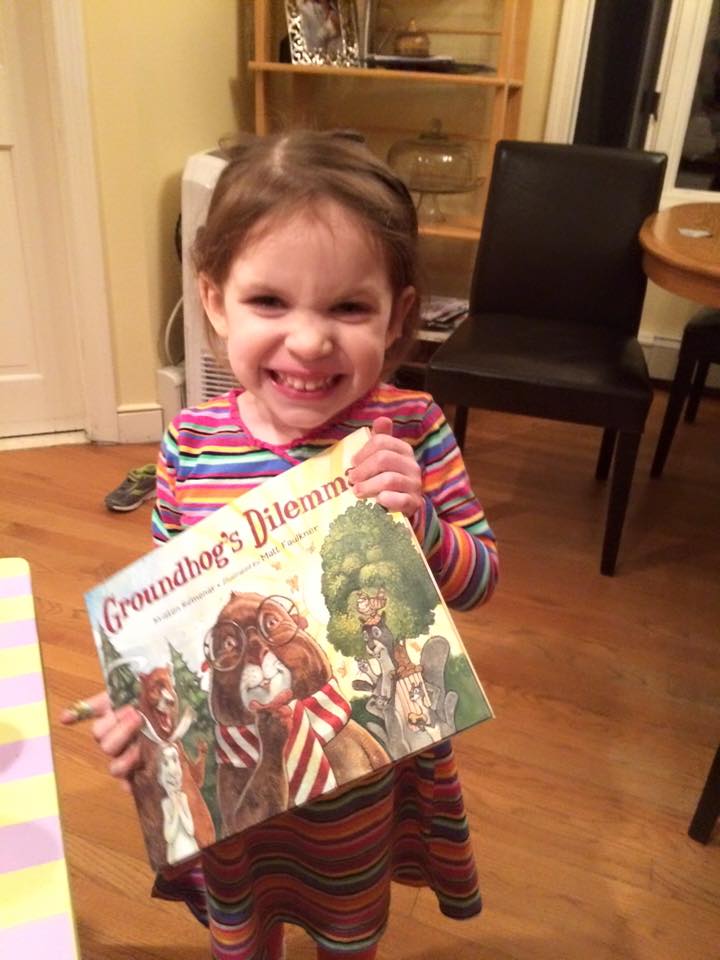
Ask your child, “What do you notice when you look at the cover of this book?” It’s really interesting to hear the details kids notice that we adults may not, the details the illustrator intentionally puts in.
“I see faces in the trees!”
“I see them now, too! Do you notice anything else?”
“The trees have snow on this side and the tree over here doesn’t have snow. So that’s winter and that’s not winter.”
“I wonder why the illustrator drew the trees that way. “
You can talk about what you see until your child is done reading the picture and wants to hear the words. The pictures often give information that the words don’t. Reading pictures is a big part of learning to read words.
This technique of letting kids lead the reading was a big shift for me as a teacher/librarian. I’m eager to get to the words. I’ve often told kids what I want them to learn from the book, trying to pour in knowledge. Lifelong learners are gatherers of knowledge. We can put kids in charge of pulling in meaning first.
Even if it’s a book you’ve read a dozen times, encourage your child to take the lead. They can tell you what they see and show you how their minds are making meaning. You may see the familiar book in a new way when your child says, “Again, again!”
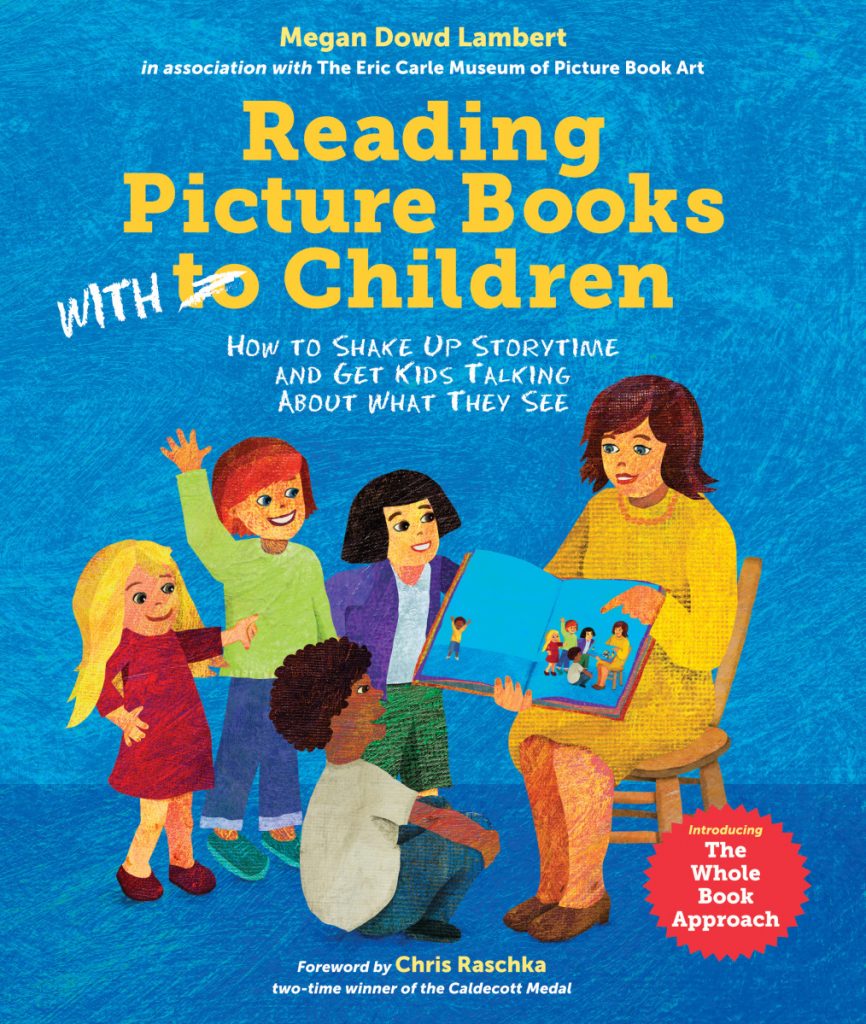
This Whole Book Approach is wonderfully taught by Megan Dowd Lambert in her book, “Reading Picture Books With Children: How to Shake Up Storytime and Get Kids Talking About What They See”. I highly recommend it!
Read More






